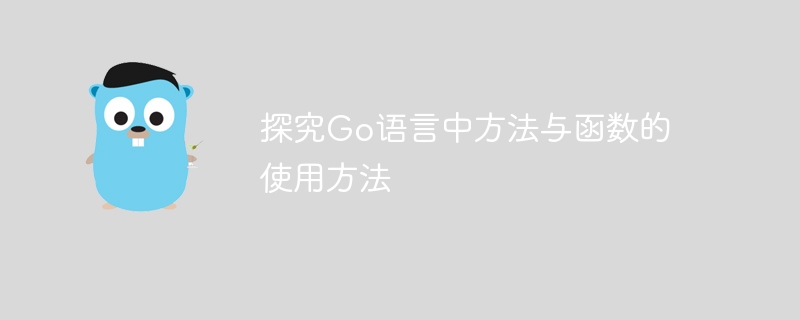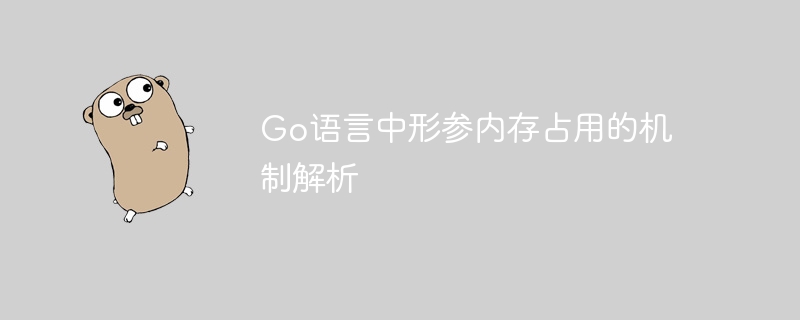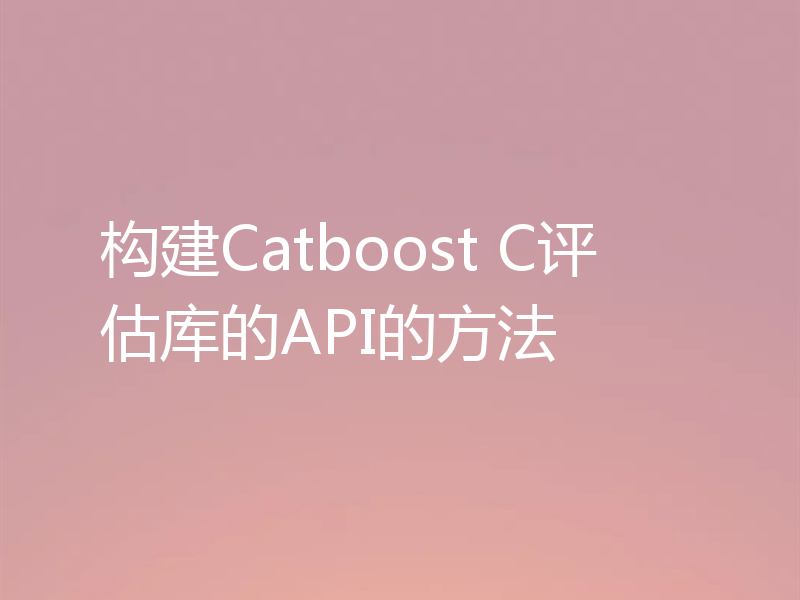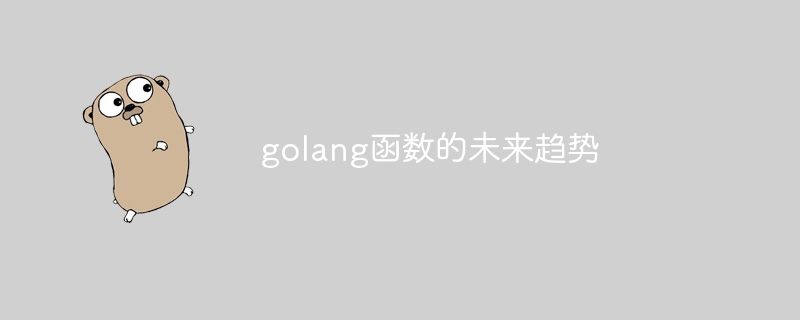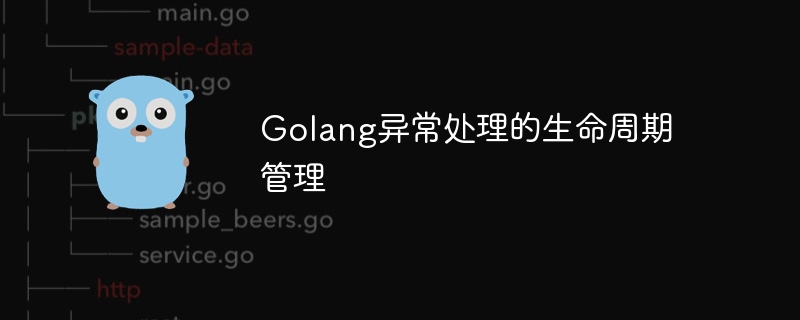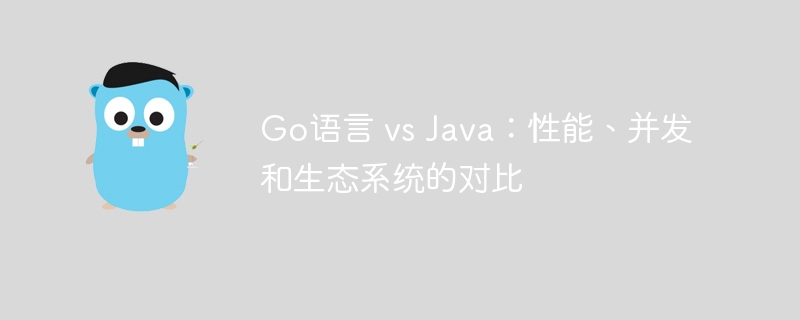一、前言
如今,技术博客已成为了程序员交流互动、展示技术、拓宽思路的重要平台之一。对于有一定编程基础的程序员来说,自己开发博客,实现个性化定制和自由扩展,已逐渐成为一种趋势。
本文将引导读者使用Beego框架搭建自己的技术博客,旨在提供一种方便高效且易于扩展的解决方案。
二、Beego框架简介
Beego是基于Go语言开发的Web框架,它的设计灵感来自于Python的Django框架和Python的Tornado框架。Beego是一个轻量级、简单易学、高效灵活的Web框架,同时也支持RESTful API开发。
三、环境搭建
1、安装Go环境
首先需要安装Go环境,具体步骤可查阅官方文档进行安装。
2、安装Beego和Bee工具
Beego和Bee是两个不同的工具,Beego是核心框架,而Bee是一个基于Beego框架的命令行工具,可用于新建项目、创建Controller、Model、View等,大大提高了开发效率。
使用命令安装:go get github.com/astaxie/beego
go get github.com/beego/bee
3、创建项目及配置
创建一个名为myblog的项目:bee new myblog
然后进入myblog目录:cd myblog
现在在myblog目录下会有一个名为conf的文件夹,里面的app.conf即为配置文件,我们可以在这里进行相关配置,如数据库的连接地址、端口等。
四、实现博客功能
1、模型设计
首先,需在models目录下编写blog.go文件,用于创建数据库的表,如下所示:
package models
import (
"github.com/astaxie/beego/orm" "time"
)
//数据结构
//文章
type Article struct {
Id int64 `orm:"auto"` Title string `orm:"size(100)"` Content string `orm:"type(text)"` ImgUrl string `orm:"size(200)"` Category *Category `orm:"-"` Created time.Time `orm:"auto_now_add;type(datetime)"` Updated time.Time `orm:"auto_now_add;type(datetime)"`
}
//分类
type Category struct {
Id int64 Title string Articles []*Article `orm:"reverse(many)"`
}
2、Controller编写
在controllers目录下编写article.go文件,用于实现与文章相关的控制器方法,如下所示:
package controllers
import (
"myblog/models" "fmt" "strconv" "time"
)
type ArticleController struct {
BaseController
}
func (this *ArticleController) List() {
categoryIdStr := this.GetString("category_id")
categoryId, _ := strconv.ParseInt(categoryIdStr, 10, 64)
categories := models.GetAllCategory()
this.Data["Categories"] = categories
var articles []*models.Article
if categoryId == 0 {
articles = models.GetAllArticle()
} else {
articles = models.GetArticleByCategory(categoryId)
}
this.Data["Articles"] = articles
this.Data["CategoryId"] = categoryId
this.TplName = "article/list.html"}
func (this *ArticleController) Add() {
if this.Ctx.Request.Method == "GET" {
categories := models.GetAllCategory()
this.Data["Categories"] = categories
this.TplName = "article/add.html"
return
}
title := this.GetString("title")
content := this.GetString("content")
categoryId, _ := this.GetInt64("category_id")
imgUrl := this.GetString("img_url")
article := models.Article{Title: title, Content:content, ImgUrl:imgUrl, Category:&models.Category{Id:categoryId}}
models.AddArticle(&article)
fmt.Println("添加成功")
this.Redirect("/article/list", 302)}
func (this *ArticleController) Update() {
id, _ := this.GetInt64(":id")
if this.Ctx.Request.Method == "GET" {
article := models.GetArticleById(id)
this.Data["Article"] = article
categories := models.GetAllCategory()
this.Data["Categories"] = categories
this.TplName = "article/update.html"
return
}
title := this.GetString("title")
content := this.GetString("content")
categoryId, _ := this.GetInt64("category_id")
imgUrl := this.GetString("img_url")
article := models.Article{Id: id, Title: title, Content:content, ImgUrl:imgUrl, Category:&models.Category{Id:categoryId}}
models.UpdateArticle(&article)
this.Redirect("/article/list", 302)}
func (this *ArticleController) Delete() {
id, _ := this.GetInt64(":id")
models.DeleteArticleById(id)
this.Redirect("/article/list", 302)}
func (this *ArticleController) Detail() {
id, _ := this.GetInt64(":id")
article := models.GetArticleById(id)
this.Data["Article"] = article
this.TplName = "article/detail.html"}
3、View视图文件
在views目录下编写article目录,存放article相关的视图文件,如下所示:
//article/list.html
{{template "header.html" .}}
<div>
<h3>文章管理</h3>
<div class="list-nav">
<a href="{{.ctx.Request.URL.Path}}">全部</a>
{{range .Categories}}
<a href="{{.ctx.Request.URL.Path}}?category_id={{.Id}}">{{.Title}}</a>
{{end}}
</div>
<table>
<thead>
<tr>
<th>Id</th>
<th>标题</th>
<th>分类</th>
<th>发布时间</th>
<th>更新时间</th>
<th>操作</th>
</tr>
</thead>
<tbody>
{{range .Articles}}
<tr>
<td>{{.Id}}</td>
<td>{{.Title}}</td>
<td>{{.Category.Title}}</td>
<td>{{.Created.Format "2006-01-02 15:04:05"}}</td>
<td>{{.Updated.Format "2006-01-02 15:04:05"}}</td>
<td>
<a href="/article/detail?id={{.Id}}">查看</a>
<a href="/article/update?id={{.Id}}">修改</a>
<a href="/article/delete?id={{.Id}}" onclick="return confirm('确定删除文章【{{.Title}}】吗?')">删除</a>
</td>
</tr>
{{end}}
</tbody>
</table></div>
{{template "footer.html" .}}
//article/add.html
{{template "header.html" .}}
<div>
<h3>添加文章</h3>
<form action="/article/add" method="post">
<p>标题: <input type="text" name="title"></p>
<p>
分类:
<select name="category_id">
{{range .Categories}}
<option value="{{.Id}}">{{.Title}}</option>
{{end}}
</select>
</p>
<p>图片Url: <input type="text" name="img_url"></p>
<p>内容: <textarea name="content"></textarea></p>
<p><input type="submit" value="添加"></p>
</form></div>
{{template "footer.html" .}}
//article/update.html
{{template "header.html" .}}
<div>
<h3>修改文章</h3>
<form action="/article/update?id={{.Article.Id}}" method="post">
<p>标题: <input type="text" name="title" value="{{.Article.Title}}"></p>
<p>
分类:
<select name="category_id">
{{range $index, $option := .Categories}}
<option value="{{$option.Id}}" {{if eq $option.Id $.Article.Category.Id}}selected{{end}}>{{$option.Title}}</option>
{{end}}
</select>
</p>
<p>图片Url: <input type="text" name="img_url" value="{{.Article.ImgUrl}}"></p>
<p>内容: <textarea name="content" rows="30">{{.Article.Content}}</textarea></p>
<p><input type="submit" value="修改"></p>
</form></div>
{{template "footer.html" .}}
//article/detail.html
{{template "header.html" .}}
<div>
<h3>{{.Article.Title}}</h3>
<p>分类:{{.Article.Category.Title}}</p>
<p>发布时间:{{.Article.Created.Format "2006-01-02 15:04:05"}}</p>
<p>更新时间:{{.Article.Updated.Format "2006-01-02 15:04:05"}}</p>
<p>内容:</p>
<div class="detail-content">{{.Article.Content}}</div></div>
{{template "footer.html" .}}
五、运行项目
在终端使用bee run命令启动项目,然后访问http://localhost:8080/article/list即可访问博客。
六、总结
本文简单介绍了Beego框架的使用,在此基础上实现了一个简单的博客应用程序。通过本文的学习,读者可初步了解Beego框架的基本使用方法,更多详细内容请参考官方文档。
